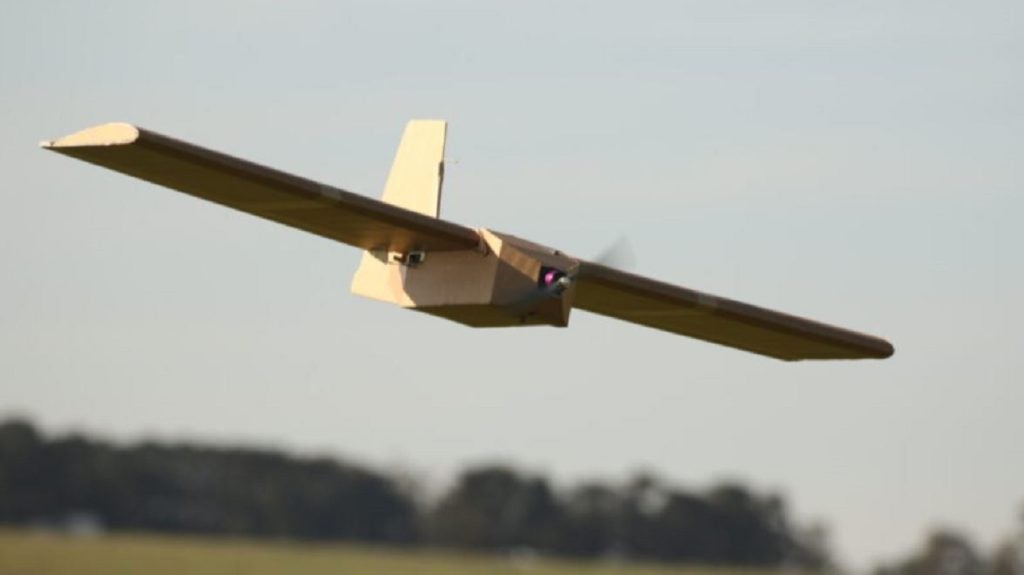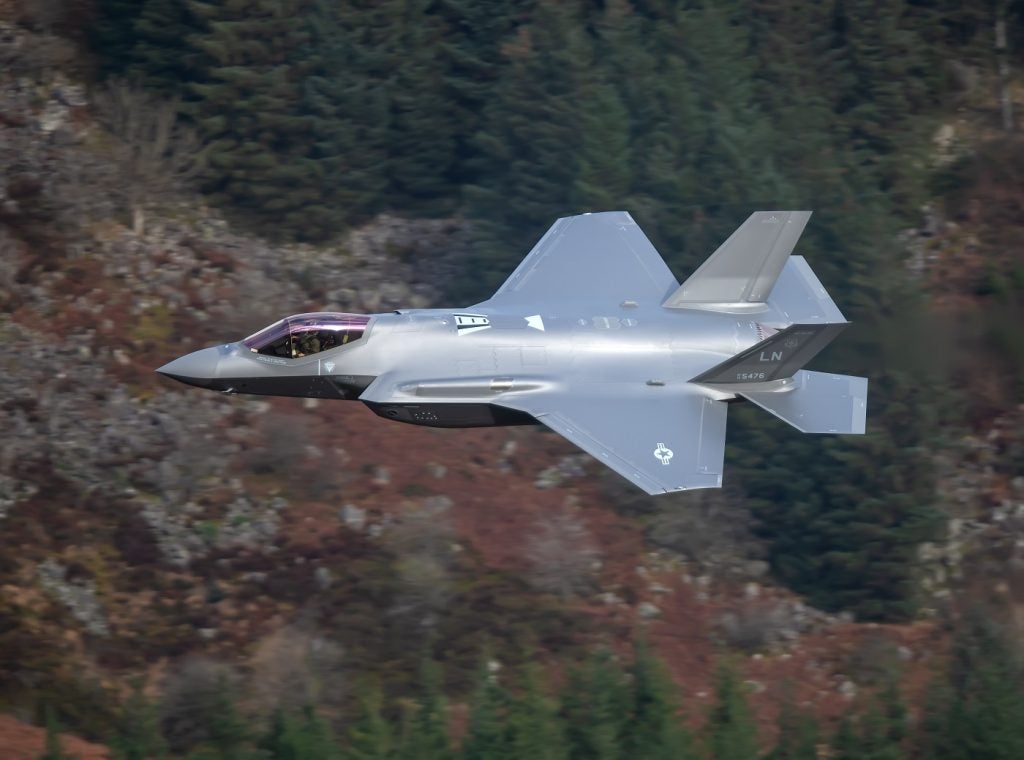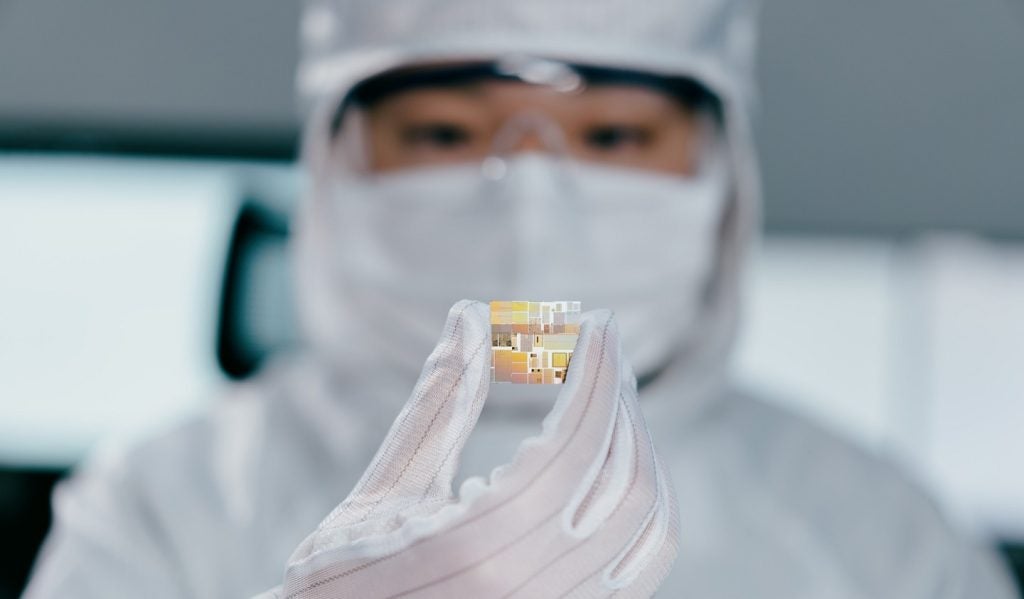Australia-based SYPAQ Systems and the UK’s Tanglewood Group have announced a partnership to support ongoing sales of the SYPAQ Corvo Precision Payload Delivery System (PPDS) uncrewed aerial system (UAS).
More than 500 PPDS platforms have been delivered to Ukraine to support the country’s operations against Russia, with SYPAQ and Tanglewood opting to team up to support further sales and distribution throughout Europe and Middle East.
According to manufacturer SYPAQ, the Corvo PPDS UAS is designed as a low-cost, fixed-wing UAS for use in payload delivery operations. Delivered as a flat pack kit and made almost entirely from waxed foamboard, the system is intended to be easy to assemble and attritable.
In a 27 June release, SYPAQ Systems general manager Michael Partridge stated that the partnership would help to expand sales of the Corvo PPDS in defence and commercial markets, with Tanglewood’s presence in or near target regions able to “provide more timely and effective support”.
The Corvo PPDS has a payload capacity of up to 3kg, a range of over 100km and can autonomously transit to a specific location and land unassisted, according to the manufacturer.
Tanglewood co-founder and director Richard Glyn-Jones foresaw the PPDS platform as being “key” to future military operations, as well as seeing use cases in the parapublic and civil sectors.
Last-mile delivery missions
Use cases for remote systems have been expanding in recent years, with the proliferation of small UAS offering new capabilities in strike, intelligence, surveillance, and reconnaissance, and delivery. Platforms such as the PPDS serve to act as attritable delivery systems, sending key items and material to frontline areas, where a crewed, ground-based alternative could put personnel at risk.
The so-called last-mile delivery method is being increased explores by militaries keen to exploit the advantages of remotely operated platforms, with land- or aerial-based uncrewed systems viewed as being expendable in the event of hostile action.
Such systems can also have an effect as a force multiplier, levelling the battlefield for less technologically sophisticated forces, forcing high-end munitions and systems to be employed to intercept and destroy inexpensive and replaceable remotely-operated platforms.











